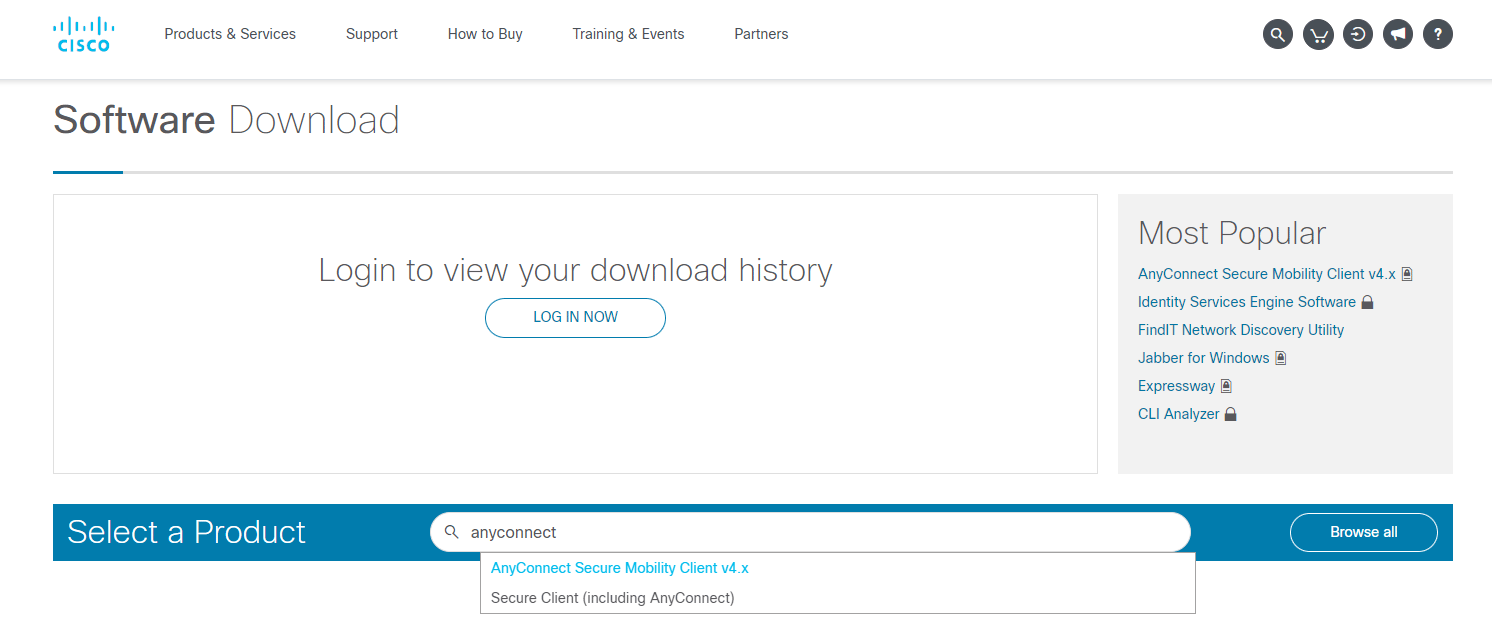


An attacker could exploit these vulnerabilities by copying a malicious DLL file to a specific directory. These vulnerabilities exist because the application loads a DLL file from a user-writable directory. Two vulnerabilities in the upgrade process of Cisco An圜onnect Secure Mobility Client for Windows could allow an authenticated, local attacker to perform a DLL hijacking attack on an affected device. There are no workarounds that address this vulnerability.ĬVSS Vector: CVSS:3.1/AV:L/AC:H/PR:L/UI:N/S:U/C:H/I:H/A:HĬisco An圜onnect Secure Mobility Client for Windows Upgrade DLL Hijacking Vulnerabilities To exploit this vulnerability, the attacker must have valid credentials on the Windows system.Ĭisco has released software updates that address this vulnerability. A successful exploit could allow the attacker to execute arbitrary code on the affected device with SYSTEM privileges. An attacker could exploit this vulnerability by overwriting the temporary file before it is accessed for execution. This vulnerability exists because a temporary file with insecure permissions is created during the uninstall process. In addition, a software release that is affected by one of the vulnerabilities may not be affected by the other vulnerabilities.ĭetails about the vulnerabilities are as follows.Ĭisco An圜onnect Secure Mobility Client for Windows Uninstall Executable Hijacking VulnerabilityĪ vulnerability in the uninstall process of Cisco An圜onnect Secure Mobility Client for Windows could allow an authenticated, local attacker to perform an executable hijacking attack on an affected device. Exploitation of one of the vulnerabilities is not required to exploit another vulnerability. The vulnerabilities are not dependent on one another.


 0 kommentar(er)
0 kommentar(er)
